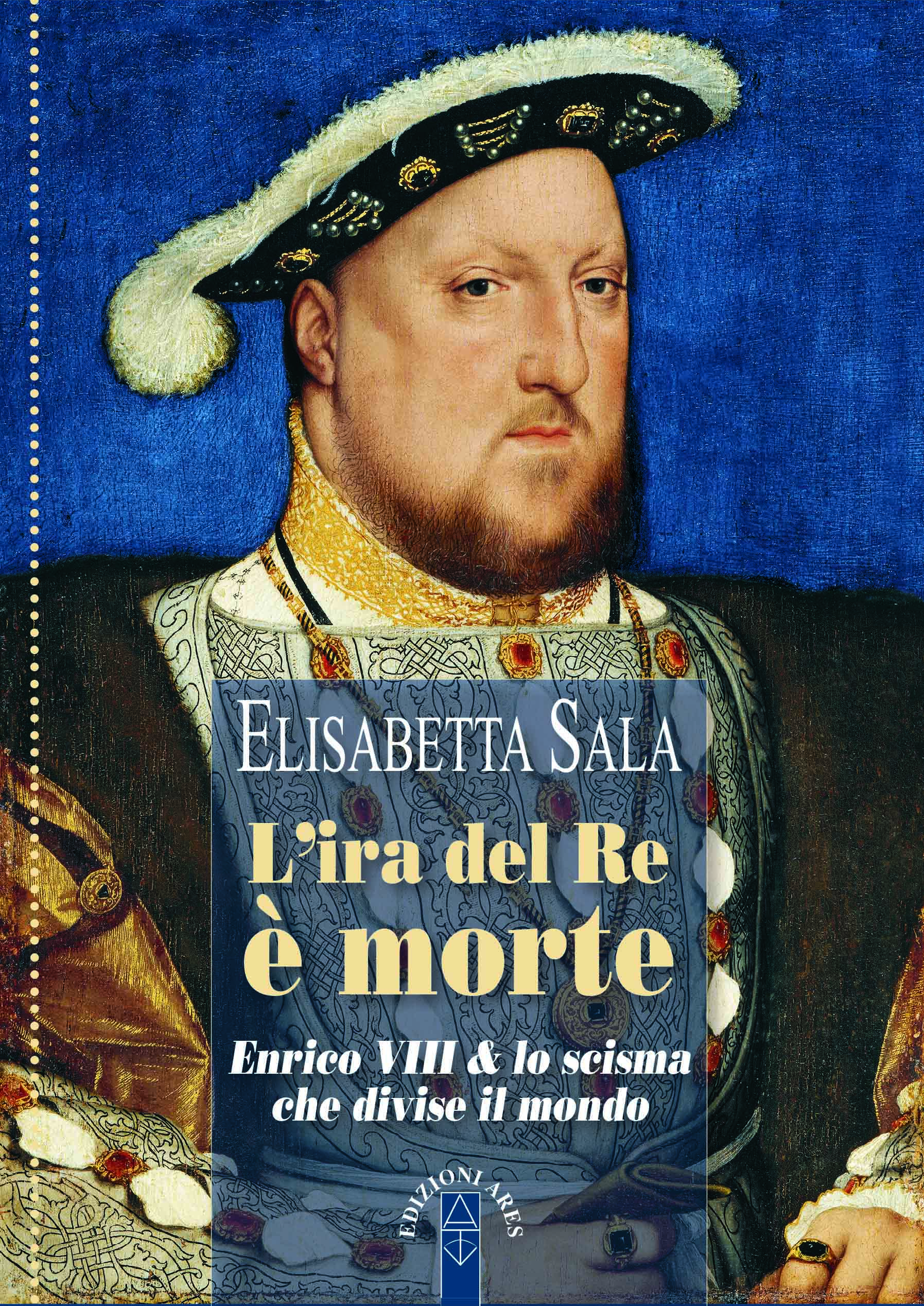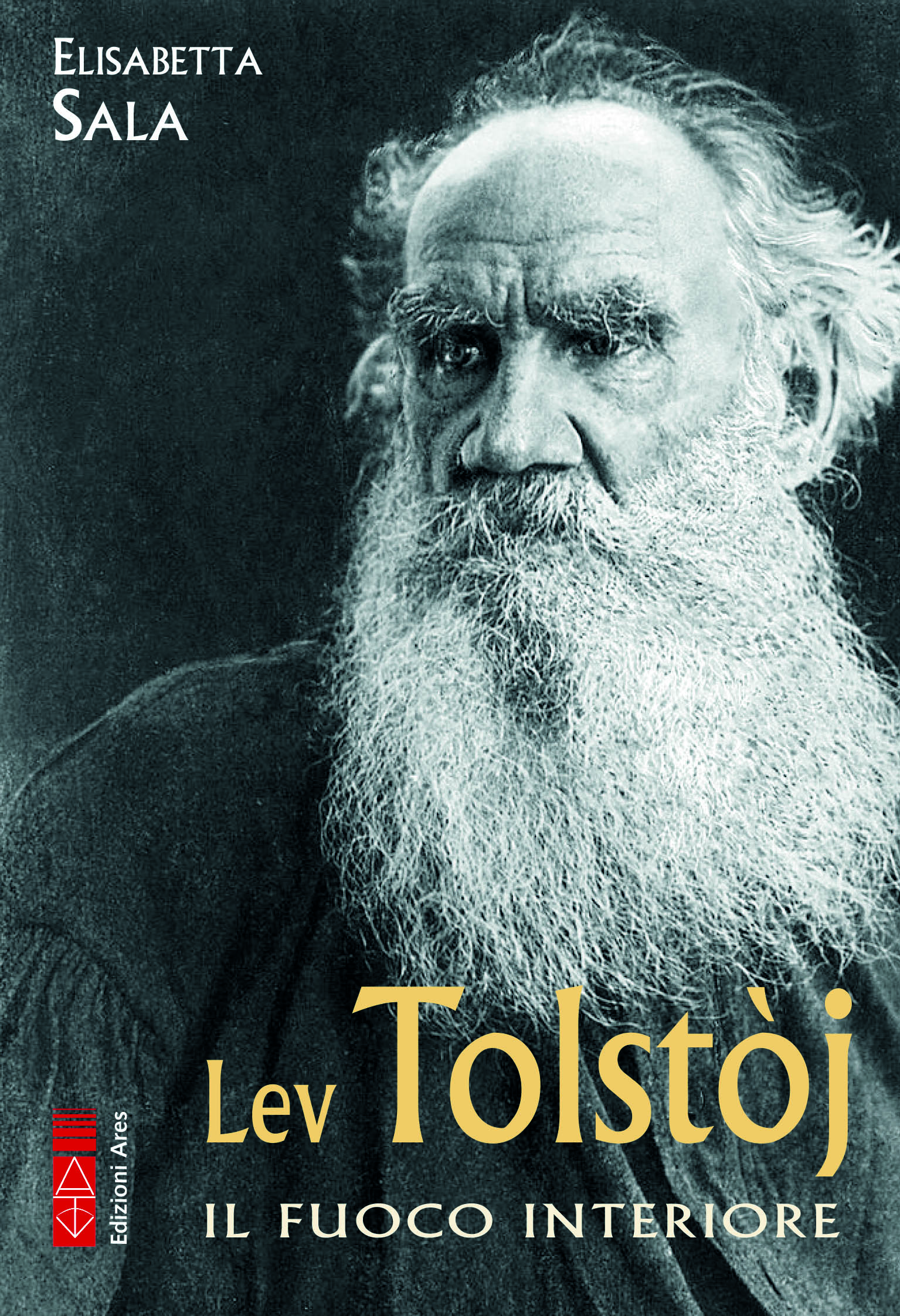
L’ira del re è morte
Enrico VIII e lo scisma che divise il mondo
Nuova edizione 2023
€18,00
Spese di spedizione per l’Italia: 5,60 €
SPEDIZIONE GRATUITA PER ORDINI SOPRA I 30,00 €
Vedi dettagli e opzioni di spedizione
Disponibile
Nel secolo che vide frantumarsi l’unità religiosa d’Europa, il capriccio e la determinazione di un sovrano furono sufficienti, in un rapido volo d’anni, a sganciare l’Inghilterra dal suo passato e dalla sua fede secolare. I molteplici quadri di questo dramma sono riproposti con una narrazione limpida e partecipata, che delinea con precisione un’epoca di intrighi e nobiltà, di luce e sangue. Di fronte alla spettrale imponenza di Enrico si succedono figure di uomini cinici e di persecutori (come Thomas Cromwell e Thomas Cranmer), così come di martiri e santi, tra cui primeggiano i nomi di Thomas More, cancelliere del re stesso, e dell’indomito cardinale John Fisher.
Questa nuova indagine su Enrico VIII esamina gli sconvolgimenti che l’Inghilterra, impoverita e insanguinata nonché percorsa da inquietudini sociali, dovette d’improvviso affrontare, soffermandosi in particolare sul periodo del «terrore enriciano», troppo spesso silenziato dalla storiografia. Nel riproporre la cronistoria dello scisma anglicano, l’autrice cerca di rispondere a quesiti tuttora aperti: «Davvero Enrico, oltre a voler risolvere le sue questioni matrimoniali, assecondò il desiderio d’indipendenza religiosa dei suoi sudditi? Quale fu, in realtà, l’impatto sul popolo? E quale il ruolo della propaganda? Quanti e quali furono perseguitati? Davvero il ripudio del papato creò, a lungo termine, le premesse per la tanto celebrata politica di tolleranza religiosa?». Interrogativi che gettano ombre sull’esaltazione di un momento storico in cui molti ravvisano l’aurora dell’uomo europeo secolarizzato.
Sala Elisabetta
Focus-Storia: Una bestiaccia di re
Scarica PDFIn the century that saw the religious unity of Europe shattered, the whim and determination of one sovereign was enough, in a rapid flight of years, to dislodge England from its past and its secular faith. The multiple pictures of this drama are presented with a limpid and participatory narrative, which precisely delineates an era of intrigue and nobility, of light and blood. In front of Henry’s spectral grandeur are figures of cynical men and persecutors (such as Thomas Cromwell and Thomas Cranmer), as well as martyrs and saints, among whom stand out the names of Thomas More, the king’s own chancellor, and the indomitable cardinal John Fisher.
This new investigation into Henry VIII examines the upheavals that England, impoverished and bloodstained as well as beset by social unrest, suddenly had to face, dwelling in particular on the period of the ‘Henry Terror’, too often silenced by historiography. In recounting the history of the Anglican schism, the author attempts to answer questions that are still open: “Did Henry, in addition to wanting to resolve his matrimonial issues, really indulge his subjects’ desire for religious independence? What was, in reality, the impact on the people? And what was the role of propaganda? How many and which were persecuted? Did the repudiation of the papacy really create, in the long run, the premises for the much celebrated policy of religious tolerance?”. Questions that cast a shadow over the exaltation of a historical moment in which many see the dawn of secularised European man.





